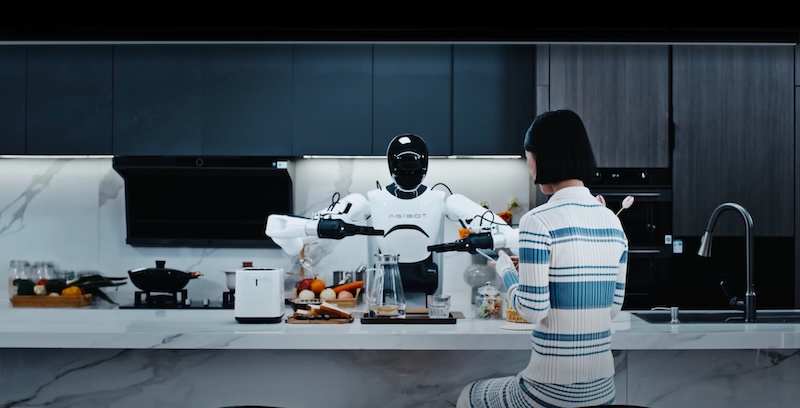As humanoid robots dominate the headlines at this year’s International Conference on Intelligent Robots and Systems (IROS 2025), the AgiBot World Challenge directed the spotlight at embodied intelligence – testing how well robots can bridge the gap between digital simulation and real-world performance.
The official competition of IROS 2025 has attracted 431 robotics teams from 23 countries, all pushing the limits of autonomy, dexterity, and real-time perception. After three months of global online trials, the top 12 teams are now heading to Hangzhou for the offline finals.
During the finals, robots will be challenged to perform a series of complex real-world tasks – including folding a T-shirt, picking items from a moving conveyor belt, and preparing food using a microwave – all fully autonomously.
To recognize outstanding technical achievement, AgiBot has introduced one of the largest prize pools among this year’s robotics competitions.
The rewards include $10,000 for first place, $5,000 for second, and $3,000 for third, along with $1,500 travel grants and AgiBot innovation vouchers valued between $10,000 and $100,000 for selected teams.
Beyond the competition itself, AgiBot is also hosting a workshop and networking dinner during IROS, offering participants the opportunity to engage with leading researchers, engineers, and competition winners.
The events aim to showcase how embodied AI – the fusion of machine learning, perception, and robotic control – is advancing from laboratory research to applied autonomy.
AgiBot has given recent demonstrations of its robotic technologies, including the AgiBot OmniHand 2025, described as a “game-changing robotic hand”, and the AgiBot X2, a humanoid robot capable of performing the Webster Flip – a dexterous maneuver that has captured the attention of robotics researchers.

